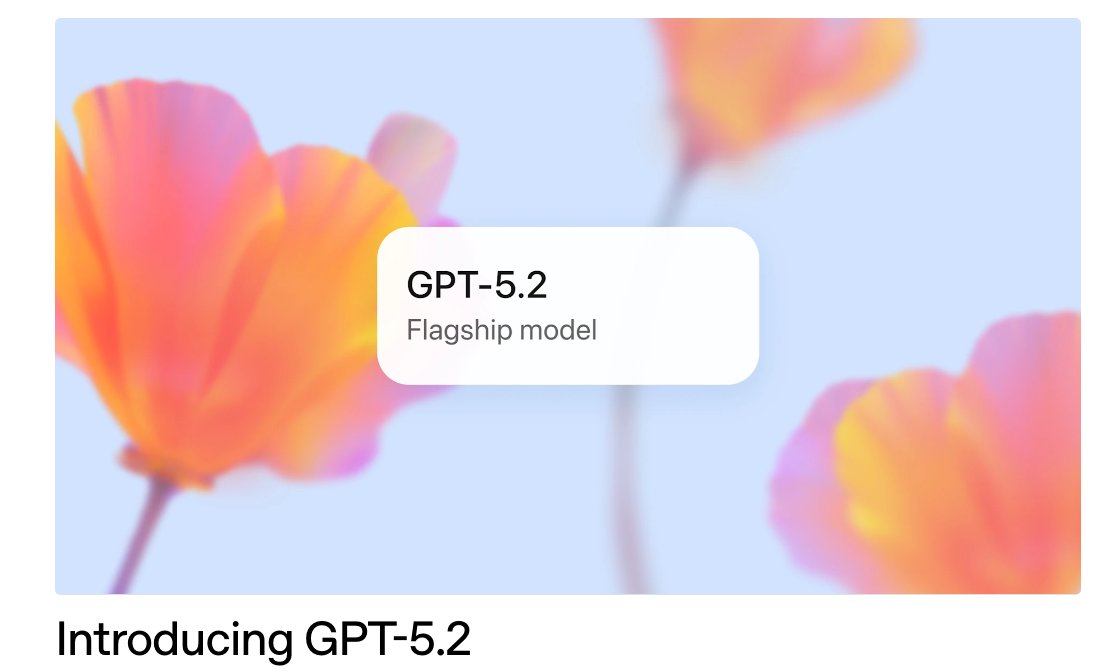HOW TO
Introduction
So, you've been honing your data analysis skills – you've dived into Python, wrestled with SQL, and maybe even started visualizing data. But how do you translate those skills into a tangible asset that screams "Hire Me!" to potential employers? The answer is a killer data analyst portfolio.
In today's competitive job market, a strong portfolio is no longer just a nice-to-have; it's a necessity. It’s your opportunity to showcase your practical abilities, problem-solving skills, and passion for data beyond what your resume can convey. This guide will walk you through the essential components of a data analyst portfolio that will make you stand out.
Why is a Data Analyst Portfolio So Important?
Before we dive into what to include, let's understand why it's so crucial:
Demonstrates Practical Skills: Anyone can list "SQL" or "Python" on a resume. A portfolio shows you can use these tools to solve real-world problems.
Highlights Problem-Solving Abilities: It’s about understanding a problem, formulating a plan, analyzing data, and communicating insights. Your projects showcase the full lifecycle.
Showcases Your Passion & Initiative: Building projects outside of school or work proves your genuine interest and drive.
Provides Interview Talking Points: Projects give you concrete examples to reference in technical and behavioral interviews.
Differentiates You: A well-documented portfolio helps you stand out in a sea of applicants.
Core Components of a Winning Data Analyst Portfolio
1. Project with SQL Queries
SQL is the backbone of data analysis. Demonstrating SQL proficiency is essential.
What it shows: Your ability to retrieve, filter, join, aggregate, and manipulate data directly from relational databases.
Project Ideas:
Sales Data Analysis
Movie Database Exploration
Social Media Metrics Analysis
E-commerce Order Trends
Key Skills to Demonstrate:
SELECT,FROM,WHERE,GROUP BY,HAVING,ORDER BYJOINoperations (INNER, LEFT, RIGHT, FULL)Aggregate functions (
COUNT,SUM, etc.)CTEs and subqueries
Window functions
Tools to Use: MySQL, PostgreSQL, SQL Server, SQLite
Pro Tip: Don't just show the final query. Document your thought process, how you approached the problem, and any iterations.
Bonus: Tools like AI2sql can help translate your plain-English questions into working SQL. This is useful for learning and speeding up prototyping. You can show both your input and the refined query to demonstrate both curiosity and understanding.
2. Dashboard in Power BI or Tableau
Dashboards show how you translate raw data into meaningful insights.
What it shows: Your ability to visualize data, track KPIs, and design intuitive interfaces.
Project Ideas:
Business Performance Dashboard
Website Analytics
Survey Visualization
Public Health Trends
Key Skills to Demonstrate:
Data connections (potentially using SQL from AI2sql)
Data transformation within BI tools
Choosing appropriate charts
Calculated fields
Interactivity (filters, slicers, drilldowns)
Tools to Use: Power BI, Tableau Public
3. Python Notebook with Analysis
Python adds analytical depth to your portfolio.
What it shows: Your ability to clean, manipulate, and analyze data programmatically.
Project Ideas:
Exploratory Data Analysis
Customer Churn Modeling
Sentiment Analysis
Time Series Trends
Key Skills to Demonstrate:
Pandas for manipulation
NumPy for computation
Matplotlib/Seaborn for visualization
Clean code and markdown explanations
Tools to Use: Jupyter Notebook, Google Colab
4. Case Study Write-Up
Explain your project like a story.
What it shows: Your ability to think critically, structure a solution, and communicate findings clearly.
Structure:
Project Title + Overview
Problem Statement
Data Source
Tools/Techniques (mention AI2sql if used for SQL generation)
Steps Taken
Key Findings + Visuals
Challenges + Learnings
Final Recommendations
Sharing Your Portfolio
GitHub: Organize by project. Include SQL scripts, dashboards, and Python notebooks with READMEs.
LinkedIn: Highlight projects, write short posts to engage your network, and feature top work.
Portfolio Website (optional): Platforms like WordPress, Squarespace, or GitHub Pages can host a clean, professional hub.
Tips for a Standout Portfolio
Quality over Quantity – Better to have 3 strong projects than 10 rushed ones.
Focus on Business Impact – Frame problems in terms of value or outcomes.
Comment & Explain – Make your work readable and understandable.
Use Modern Tools – Mention how AI2sql helped you improve efficiency or learn better.
Keep It Updated – Add new projects as you grow.
Conclusion
A strong data analyst portfolio is one of your greatest assets when job hunting. It proves your ability, shows your initiative, and helps you stand out. By including SQL (possibly enhanced with tools like AI2sql), dashboards, Python analysis, and clear case studies, you build a compelling story of what you can do.
Start building today — and let your work speak for itself.
👉 Try AI2sql Free to generate SQL for your next project in seconds!






